Party Time Plant: A Guide to the Festive Foliage
The Party Time plant (botanical name: Alternanthera ficoidea ‘Party Time’) is a vibrant and visually stunning foliage plant that has gained popularity among gardening enthusiasts for its bright colors and unique leaf patterns. With splashes of pink and green adorning its leaves, the Party Time plant is aptly named, as it brings a festive vibe to any space it inhabits. In this comprehensive guide, we’ll explore everything you need to know about this eye-catching plant, including its origins, characteristics, care tips, propagation methods, and creative landscaping ideas.
What Is a Party Time Plant?
The Party Time plant is a cultivar of the Alternanthera genus, which belongs to the Amaranthaceae family. This family of plants is well-known for its colorful foliage and adaptability to various climates. The Party Time plant is celebrated for its dramatic leaves, which feature a blend of bright pink streaks and a deep green background. The patterns on the leaves can vary widely, ensuring each plant has its unique personality.
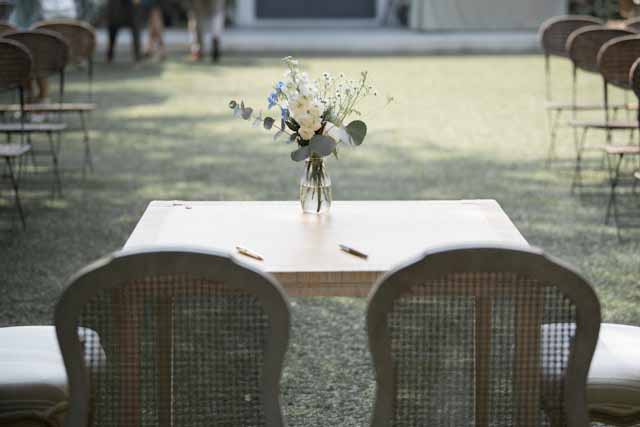
Key Features
- Leaf Coloration: A striking combination of green and hot pink, with each leaf displaying unique patterns.
- Growth Habit: Compact and bushy, typically growing up to 12-18 inches tall and wide.
- Life Cycle: Generally grown as an annual in cooler climates but can be a perennial in tropical regions.
- Native Range: Found in Central and South America, where it thrives in warm, humid conditions.
- Low Maintenance: Ideal for beginners and seasoned gardeners alike.
The Party Time plant is not known for its flowers; its primary appeal lies in its stunning foliage. The vivid colors and unique patterns make it a fantastic choice for adding year-round interest to gardens, patios, or indoor spaces.
The Origins of the Party Time Plant
The Alternanthera genus, to which the Party Time plant belongs, comprises over 80 species of flowering plants. Native to tropical and subtropical regions, these plants have long been admired for their vibrant foliage. The Party Time cultivar was specifically bred to enhance the aesthetic appeal of its leaves, focusing on the striking contrast between pink and green.
Historically, Alternanthera plants were used in traditional medicine and as ground covers in tropical landscapes. Their ability to thrive in challenging conditions made them a favorite among horticulturalists. The Party Time cultivar emerged as a hybrid specifically designed for ornamental use, catering to gardeners and interior designers seeking a bold and colorful plant.
Ideal Growing Conditions
Growing the Party Time plant successfully requires understanding its specific needs. Whether you plan to grow it indoors or outdoors, providing the right conditions will ensure its health and vibrancy.
1. Light Requirements
- Optimal Lighting: The Party Time plant thrives in bright, indirect light. Direct sunlight can scorch the leaves, while too little light may cause the colors to fade.
- Indoor Placement: For indoor growers, place the plant near east or south-facing windows with filtered sunlight. Artificial grow lights can also work well in low-light environments.
- Outdoor Placement: In gardens, position the plant in partial shade to protect it from the harsh midday sun.
2. Temperature and Humidity
- Temperature Range: The ideal temperature range for the Party Time plant is 60°F to 85°F (15°C to 29°C). It cannot tolerate frost, so it must be brought indoors during colder months in temperate regions.
- Humidity Needs: Native to tropical regions, this plant thrives in high humidity. If growing indoors, consider using a humidifier or placing the plant on a pebble tray filled with water to maintain optimal moisture levels.
3. Soil Requirements
- Preferred Soil Type: A well-draining potting mix is essential. You can create an ideal blend by combining standard potting soil with perlite or sand.
- Soil pH: Slightly acidic to neutral soil, with a pH of 6.0 to 7.0, works best for the Party Time plant.
4. Watering Needs
- Watering Schedule: Keep the soil consistently moist but not soggy. Overwatering can lead to root rot, while underwatering may cause the leaves to wilt or lose their vibrant colors.
- Seasonal Adjustments: Water more frequently during the growing season (spring and summer) and reduce watering in fall and winter when the plant’s growth slows.
Caring for the Party Time Plant
Regular care and maintenance are essential to ensure your Party Time plant remains healthy and attractive. Below are specific care tips to address its needs throughout the year.
1. Fertilizing
- Use a balanced, water-soluble fertilizer every 4-6 weeks during the growing season to promote lush foliage and vibrant colors.
- Avoid over-fertilizing, as this can lead to salt buildup in the soil, which may damage the roots.
2. Pruning
- Regular pruning helps maintain the plant’s compact shape and encourages bushier growth.
- Remove dead or damaged leaves promptly to improve the plant’s appearance and prevent potential pest issues.
3. Pests and Diseases
- The Party Time plant is relatively pest-resistant but may occasionally attract aphids, spider mites, or whiteflies. Inspect the leaves regularly and treat infestations with insecticidal soap or neem oil.
- Prevent fungal diseases by ensuring good air circulation and avoiding overwatering.
4. Repotting
- Repot the plant every 1-2 years or when it outgrows its container. Choose a pot that is 1-2 inches larger in diameter to provide ample space for root growth.
Propagating the Party Time Plant
Propagation is an excellent way to expand your plant collection or share the beauty of the Party Time plant with friends and family. The easiest method for propagating this plant is through stem cuttings.
Step-by-Step Guide
- Select a Healthy Cutting: Choose a 4-6 inch stem from a healthy, mature plant. Ensure the stem has at least two nodes (the points where leaves emerge).
- Prepare the Cutting: Use sterilized scissors to make a clean cut. Remove the lower leaves to expose the nodes.
- Choose a Medium: Place the cutting in water or directly into moist, well-draining soil. If using water, change it every few days to prevent bacterial growth.
- Create a Humid Environment: Cover the cutting with a plastic bag or place it in a propagator to maintain high humidity.
- Provide Proper Conditions: Keep the cutting in bright, indirect light and monitor moisture levels. Roots should develop within 2-4 weeks.
- Transplant: Once roots are established, transplant the cutting into a larger pot or garden bed.
Creative Uses for the Party Time Plant
The versatility of this plant makes it a fantastic addition to various settings. Here are some creative ways to incorporate it into your home or garden:
1. Outdoor Landscaping
- Use the Party Time plant as a border plant to create a vibrant edge for flower beds or pathways.
- Pair it with contrasting foliage plants, such as coleus or dusty miller, for a striking visual effect.
2. Container Gardening
- Plant Party Time in decorative pots or hanging baskets for a splash of color on patios or balconies.
- Combine it with trailing plants, such as ivy or sweet potato vine, for a layered look.
3. Indoor Decor
- Use the Party Time plant to brighten up tabletops, shelves, or windowsills. Its unique foliage pairs well with modern and eclectic decor styles.
- Create a miniature garden by combining Party Time with other small, colorful plants in a terrarium.
4. Seasonal Displays
- Incorporate the Party Time plant into festive arrangements during holidays. Its pink and green colors are perfect for summer or Valentine’s Day decor.
Overcoming Common Challenges
Even the most low-maintenance plants can encounter issues. Here are some common problems with this plant and their solutions:
1. Fading Colors
- Cause: Insufficient light or nutrient deficiency.
- Solution: Move the plant to a brighter location and fertilize during the growing season.
2. Leaf Drop
- Cause: Sudden temperature changes or low humidity.
- Solution: Maintain consistent temperatures and increase humidity levels.
3. Stunted Growth
- Cause: Overcrowded roots or poor soil quality.
- Solution: Repot the plant and refresh the soil mix.
Seasonal Care Tips
Adapt your care routine to the plant’s seasonal needs for optimal growth and longevity.
Spring and Summer
- Fertilize regularly and water more frequently as the plant enters its active growth phase.
- Prune to encourage new growth and maintain a bushy appearance.
Fall and Winter
- Reduce watering as the plant’s growth slows. Avoid fertilizing during this dormant period.
- Bring outdoor plants indoors to protect them from frost.
Conclusion
This plant is a true celebration of nature’s artistry. Its vibrant pink and green foliage makes it a standout choice for gardens, patios, and indoor spaces alike. By understanding its unique needs and following the care tips outlined in this guide, you can enjoy the beauty of this festive plant year-round. Whether you’re an experienced gardener or a beginner, the Party Time plant is sure to bring joy and color to your space for years to come.


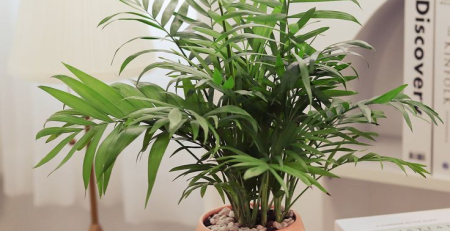
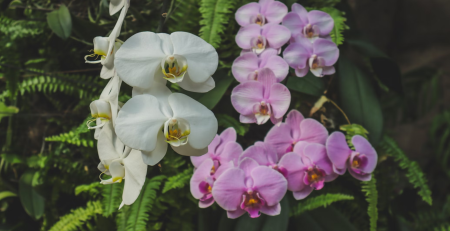
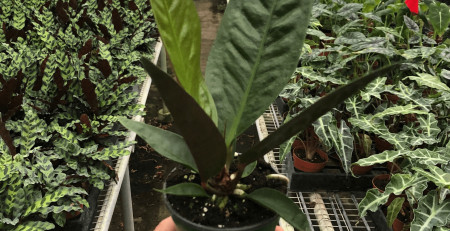
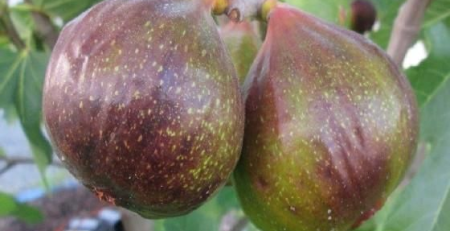
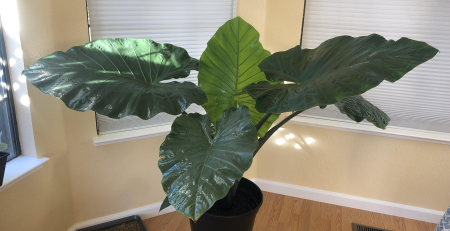
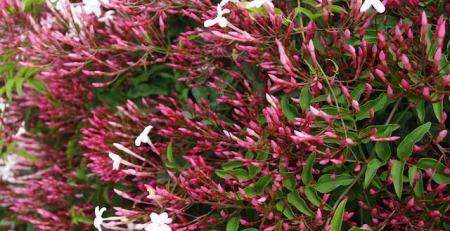
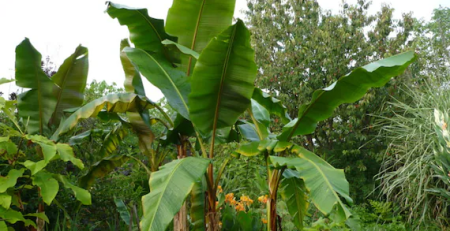
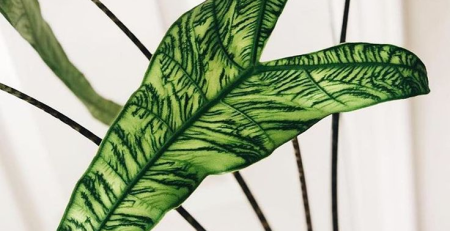
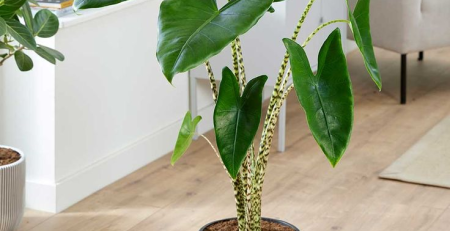

Leave a Reply